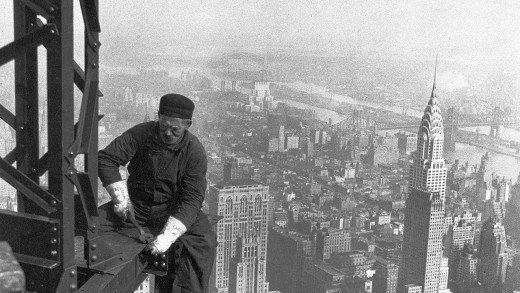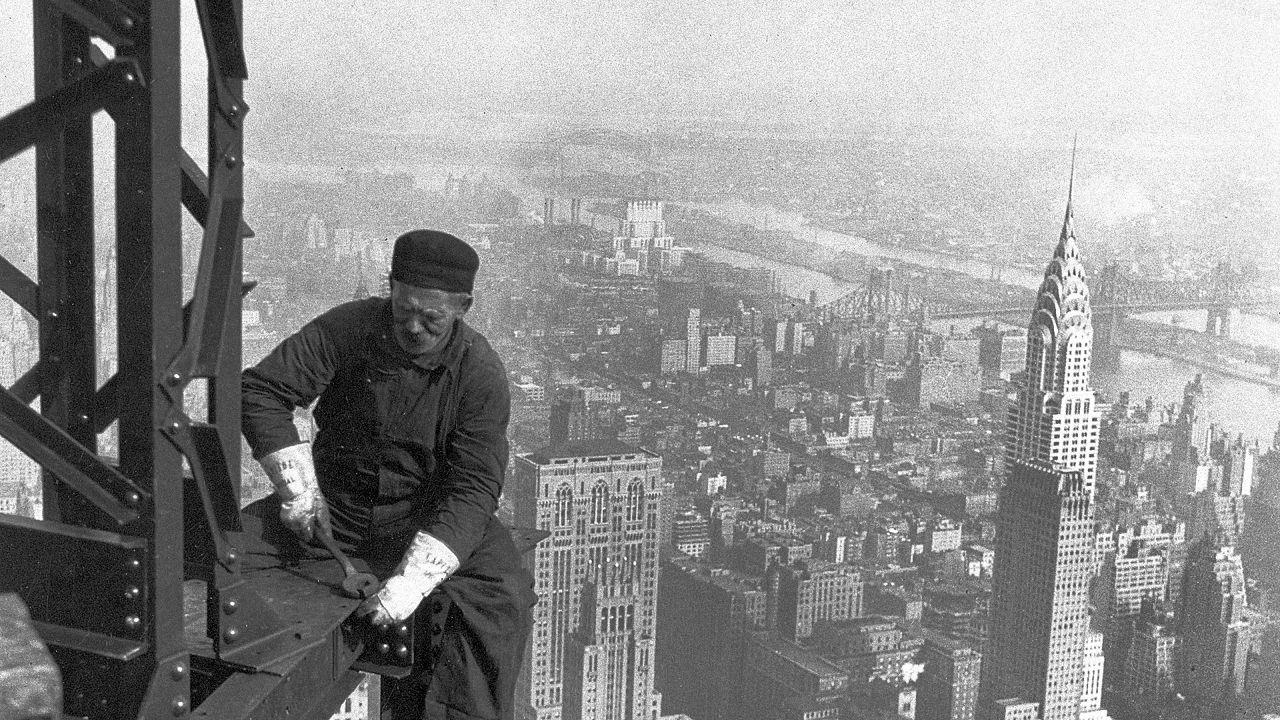Watch the upward thrust And Fall Of long island’s Crowds Over Two Centuries
You assume big apple is packed as of late? This animation gives you a needed historical past lesson.
June 9, 2015
new york may appear crowded, nevertheless it was if truth be told slightly just a little more filled with people a century in the past. an enchanting animation charts the swells of people moving to—and leaving—the densest location in the us over the last 200 years.
In 1910—the height of density for long island—tenement buildings were stuffed full. “you will have flats on the lower East side that one hundred years ago would have 10 folks dwelling in there and two people who have been boarding,” says Patrick Lamson-hall, who created the animation with fellow new york university city student Solly Angel. “Now they may be occupied by means of one or two individuals.”
To create the visualization, the pair analyzed many years of outdated maps, aerial images, and census data.
The map presentations density spreading from lower big apple upward and then slowly starting to subside. As town received richer, folks every began taking over a little extra space, and shifting to other boroughs. That could not have came about without some changes in infrastructure.
“the thing that made it imaginable long island to decongest when it was once extraordinarily crowded was once not the market per se, it was once the market enabled by way of public transportation infrastructure and the subway,” Lamson-hall says. “There are classes in that.”
within the coming decades, as new york provides as many as 8 million potential new residents, long island’s density may swell again. The researchers argue that it could happen in a fairly seamless way, if some city regulations changed—as an example, allowing extra tiny micro-flats to accommodate individuals with lower incomes, or permitting structurally sound buildings so as to add a ground or two on high. In a spot like Queens, where some New Yorkers have yards, the city might begin to permit outside cottages.
“there are ways which you can in point of fact dramatically increase the choice of individuals occupying a given area of land with out truly altering the personality of the local, or knocking down buildings,” says Lamson-hall. “that is form of the place we’re coming from—what are the interventions that don’t require huge executive spending, that don’t require destroying neighborhoods, that do not require the construction of issues that individuals hate, that basically preserve the personality however yield outcomes.”
quick-growing megacities around the world would possibly additionally have the ability to learn from looking at the modifications in new york over time—whether it’s the significance of public transportation or just the truth that densities do not constantly increase or decrease. “The study of historic density tells us lots about what we can do as of late as city planners,” he says.
“there may be a range of densities which are sustainable,” Lamson-hall provides. Many cities fall outdoor that vary now; a place like Dhaka might be too dense to offer sufficient sanitation and easy water, and a place like Dallas could be too sprawling to sustain wholesome public transportation and maintain carbon air pollution down. however densities can simply change, as new york presentations.
[via CityLab]
[high picture: Lewis Hine by means of Wiki Commons]
(108)














